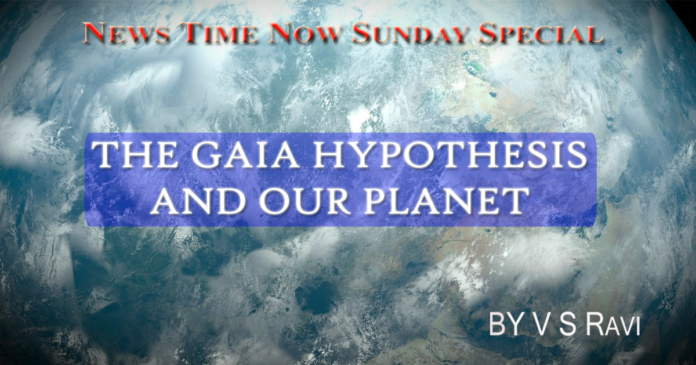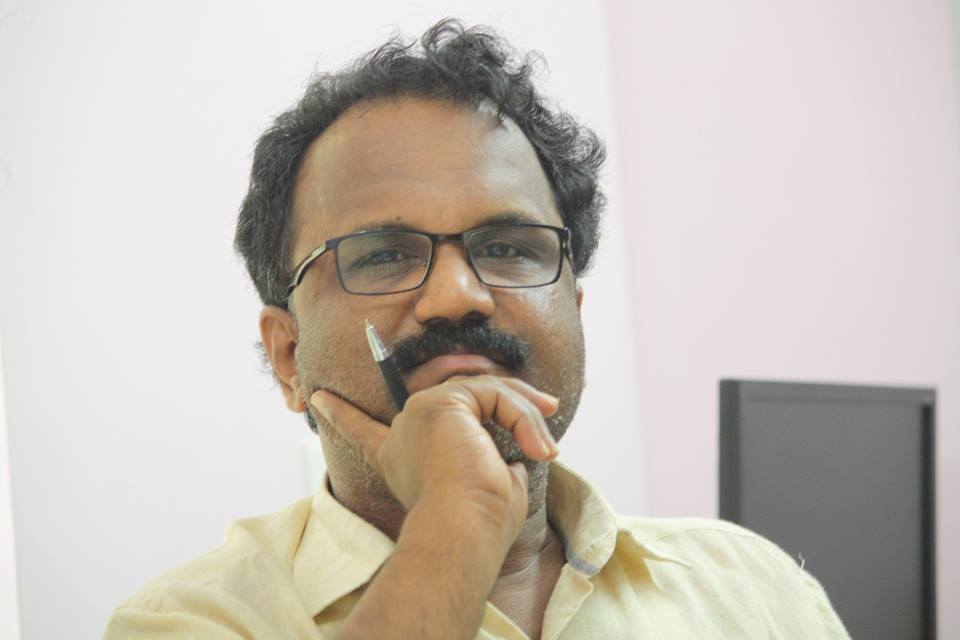Just suppose for the sake of argument that scientists looked at human bodies the way they study stellar objects. Imagine a physicist analysing a human body from afar, equipped with a sensitive scanning device able to trace the outlines of organs and measure their “Doppler shift” thus revealing their motions. Assume further that he has no additional evidence to believe that the object he is studying is “alive.” If he does not regard the body as a living system would he be able to come to a correct conclusion about its origin, function or future?
When we look out into space and think of interpreting distant cosmic processes as non-living phenomena we are perhaps as limited and shortsighted as that physicist.
No one would refute the assertion that the human body is a living entity consisting of millions of cells each of which is independently alive nor can we question the statement that these cells join forces to form organs which are also alive. If one acknowledges that the body is alive it is not too great a step to extrapolate and accept what is described as the Gaia hypothesis: the notion that this planet’s biosphere plus its atmosphere equals a living entity.
Within a protective membrane of atmosphere, the various life forms on earth and the atmosphere are continuously sharing chemical products, like the organs and cells of your body do in order to maintain an ecological “living” balance
The Gaia Hypothesis
Some scientists have been inclined to view our Earth as dynamic organism. British scientist, James Lovelock, who was working on a NASA project to assess the feasibility of life on other planets could not avoid thinking about the differences between the Earth and its neighbour Mars.
This prompted Lovelock to inspect the delicate shell of life that embraces Earth, while thinking of problems involved in seeding life on Mars. It occurred to him that the real challenge, is getting not merely life as we know on Earth to grow on Mars , which is a daunting task in itself; it involves the duplicating and self- replicating mechanism, that enable the earth to withstand the environmental disasters e.g -collisions with space debris, meteors and comets and the damages due to pollution on Earth.
Lovelock and other proponents of the the Gaia hypothesis suggest that Planet is in cooperation with the life it shelters. It is even able to repair itself when bad things happen. Since life arose on the planet, about 3.5 billion years ago, comets, asteroids, and chunks of rock have collided with the earth, wiping out many but not all living things, Most scientists now believe that some such collision, most probably with an asteroid which had occurred 66 million years ago had wiped out the dinosaurs that had roamed the Earth for 120 million years. Because of this huge impact tons of dust and ash were thrown into the air into, blocking off the sun. This resulted in chilling the Earth. Many species of animals and plants were wiped out. However some kinds of life on earth survived. In fact scientists think that the collision had an indirect positive effect. The elimination of the big dinosaurs, made room for mammals including Homo sapiens to evolve and thrive.
According to some scientists, our planet’s apparent ability to regulate its atmosphere is another reason to make us believe in Gaia.
They believe that during its infancy the earth was probably covered by a thick coat of atmospheric CO 2. This created a greenhouse effect. This compensated for the weaker heating capacity of the early sun. The coat of CO 2 trapped the sun’s warmth inside the atmosphere, warming the Earth. As the sun’s power increased, the greenhouse effect was gradually reduced by living things, which consumed excess CO2 and thus maintained a habitable environment to flourish.
According to Lovelock our Planet is truly a Gaia, a self-regulating, self- repairing organism, not just a template for the creation and continuation of life. All the living things on the planet regulate Gaia’s evolution by their growth and interaction and and along with the oceans, the atmosphere and the great geochemical cycles that serve as Gaia’s circulatory system , help her to respond to challenges in the same way any living thing responds.
Though Gaia seems equipped to survive tremendous challenges, lovelock cautions she may be severely stressed by the changes man has brought about in the giant feedback system, that she uses to remain stable. However the worst challenges, the scientist reminds us , have not destroyed life on earth as it must have been destroyed or precluded on other planets in our solar system. Gaia may survive the worst that humans can do to her. According Lovelock says that it’s just that humans and other species may not!.
Can we consider our own Earth a living entity. Where does one drawn the line between the living and the non – living? Scientists seems to agree that all living systems reproduce and that they use energy; they take in nutrients, process them, extract energy and discard waste. This activity is also taking place at the planetary level. The earth absorbs sunlight and heat, a waste product is radiated out into space. This conversion of energy or substances from one form to another in order to maintain the functioning of the organism is its metabolism; it is alive. And if in this sense the earth can be regarded as being alive.
You may say this is impossible. This negative impulse is the result perhaps of human prejudices about time and space. Because we are so used to measuring life in decades, we cannot conceptualise the idea of metabolic processes taking billions and billions of years. But the millennia of our time scales are simply ticks of the cosmic clocks. Because we are so used to measuring living things in inches or feet, the mind boggles at the thought of the vastness of celestial bodies billions of times the size of all known living things.
If one imagines an astronomical phenomenon occurring on a relatively more human time scale, the idea of a living universe becomes easier to understand. Reducing one millennium to one minute on such a scale, think about the evolution of a star, which involves a cloud of of hydrogen gas being sucked into a compact core and then converted into heavier atoms, cooked in the nuclear fires at the star’s centre. The heavier atoms are excreted in the form of stellar winds or a violent explosion. Like other living things stars reproduce; their waste products are fed into other regions of space where they become part of new contracting clouds destined to become stars within which energy will be exchanged and still more waste products excreted. Our speeded-up view of what happens in space reveals constant evolution in movement.
Thus the stars are little life centres, or cells of the larger living organisms, the galaxies. Like a heart, the nucleus of a galaxy pumps its own special kind of plasma – hydrogen gas with some impurities(nutrients) – out into the surrounding “veins”, the spiral arms, streamers of of intergalactic hydrogen, that reach out and touch neighbouring galaxies. If our universe is made up of living galaxies is it not then alive?
To mitochondria and bacteria, the organism that is their host is as vast and mysterious as the universe is to us. Like the organelles we are perhaps part of some yet incomprehensible living thing made up of organisms on all scales: galaxies, gas clouds, star clusters, stars, planets, animals cells and micro organisms.
We would have to think seriously about redefining the line between living and non- living organism. We cannot assume any longer that it is at the edge of the body’s epidermis or at the edge of the earth’s atmosphere. It is all at the edge of the universe.
But there are others who would justifiably object to our oversimplification of the definition of a living thing by reducing it to the level of an entity that indulges in a few simple repetitive chemical processes. After all, they would argue, does not a living thing have that “conscious something” imparted to a “senseless nothing” as Omar Khayyam would claim? Is not this earth, this precious jewel floating in space, this teeming womb of poets like Shakespeare and scientists like Einstein somehow different from inhospitable Neptune or hostile Venus which are both incapable of sustaining the spark of life as we know it.
Such questions must remain unanswered for the present. In the meantime one recalls Barbauld’s simple but powerful lines.
Life! I know not what thou art,
But know that thou and I must part;
And when, or how where we met
I own to me’s secret yet”.
Acknowledgement of the portion relating to Gaia hypothesis : Quarks, Critters and Chaos by Jo Anne Shroyer


















































